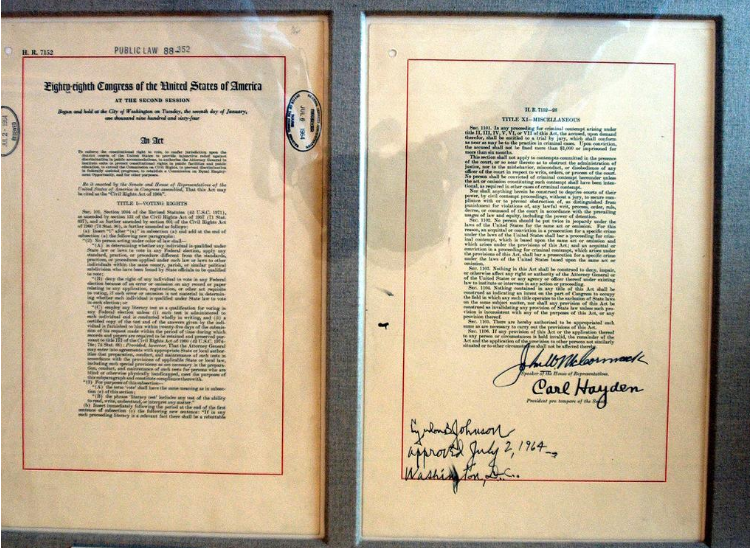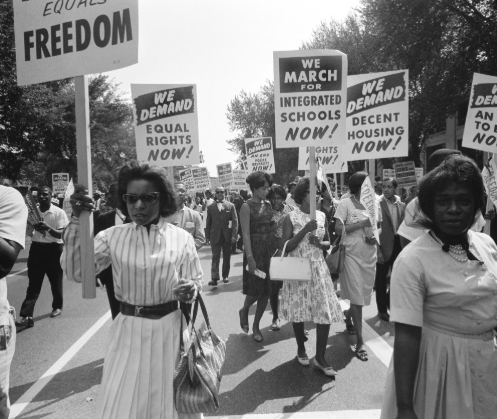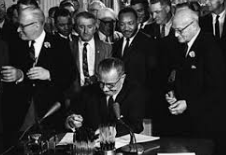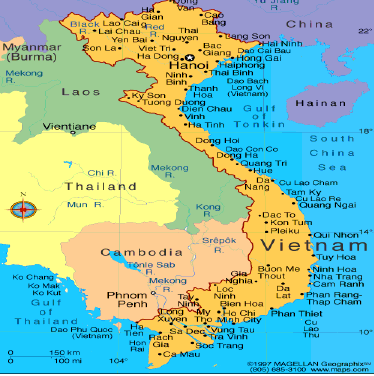


https://www.archives.gov/- The Civil Rights Act https://www.history.com - African Americans https://time.com- The Civil Rights Act being signed by
Document. protesting against segragation. Lyndon B. Johnson.
"Large-scale immigration from Vietnam to the United States began at the end of the Vietnam War, when the fall of Saigon in 1975 led to the U.S.-sponsored evacuation of an estimated 125,000 Vietnamese refugees."-migrationpolicy.org
During the 1960s the Vietnam War was causing a great deal of conflict throughout the world which caused the United States to send troops to Vietnam. After the bill was passed, the number of immigrants from Vietnam and other war-torn areas more than quadrupled. Because many people needed to flee Cambodia, Laos, and Vietnam, it was another reason for an urgent reform to be made to the immigration law.

https://www.telegraph.co.uk/- A picture of US soldiers in Vietnam

.http://gorhistory.com/hist111/vietnam.html - A map of the areas effected during the Vietnam War
“We must continue to prove to the world that we can provide a rising standard of living for all men without loss of civil rights or human dignity to any man.” Robert Kennedy
Civil rights were also a prevalent topic in the 1960s due to segregation and other prejudice in our society. People were discriminated against for many reasons such as gender, religion, and race. However, in 1964 the Civil Rights Act was passed, banning public segragation. The Civil Rights Movement helped lead to The Immigration Act because it forbade citizens from discriminating against one another. Creating a more inclusive immigration act caused our immigration structure to be more cordial.



https://www.archives.gov/- The Civil Rights Act https://www.history.com - African Americans https://time.com- The Civil Rights Act being signed by
Document. protesting against segragation. Lyndon B. Johnson.